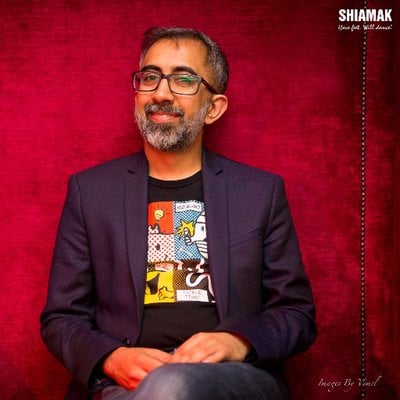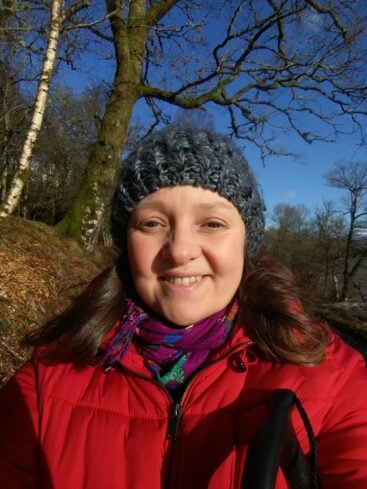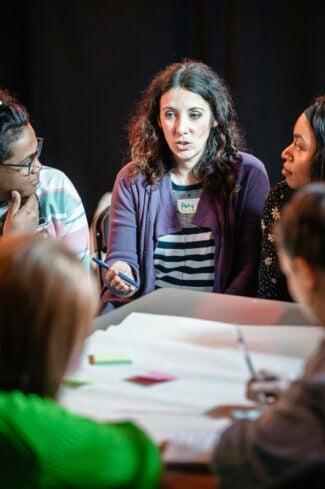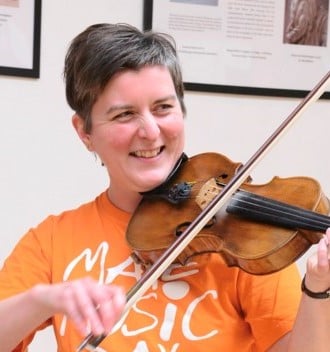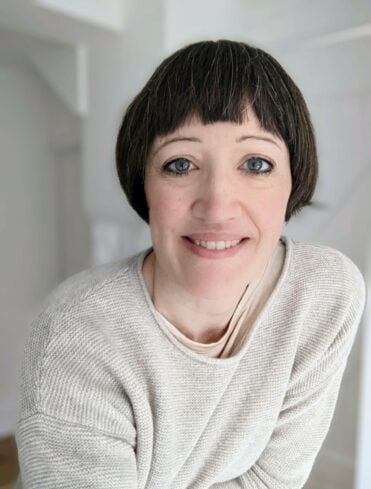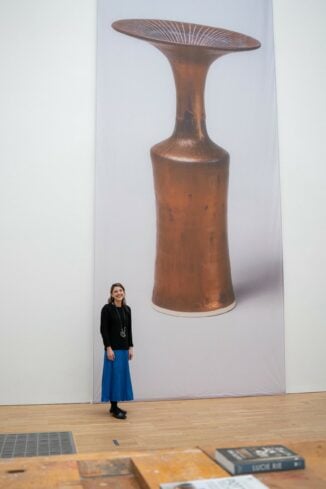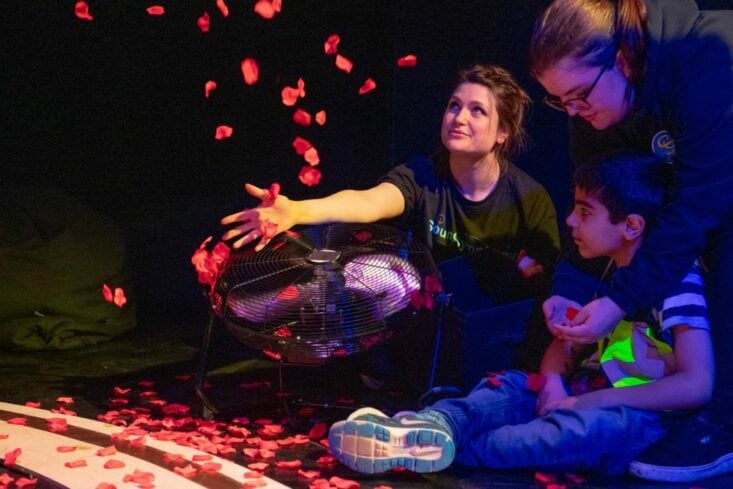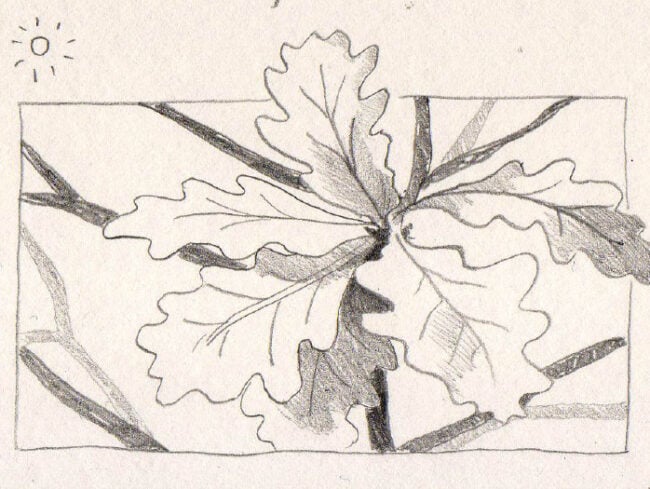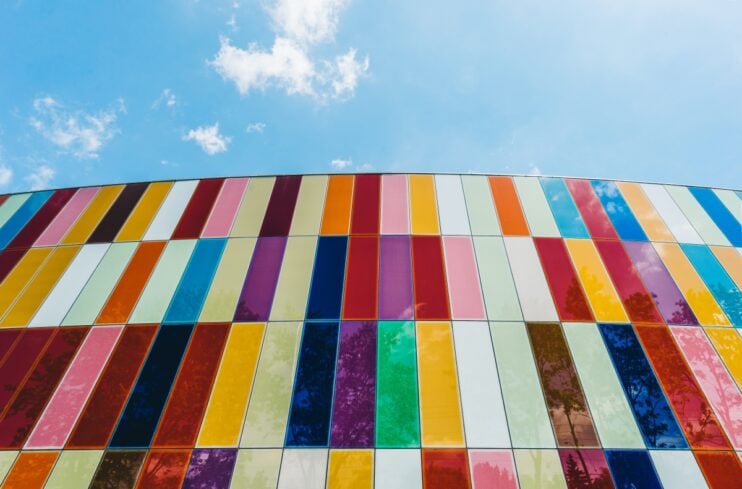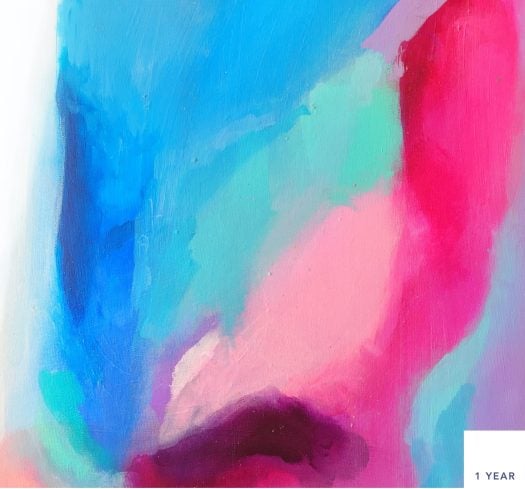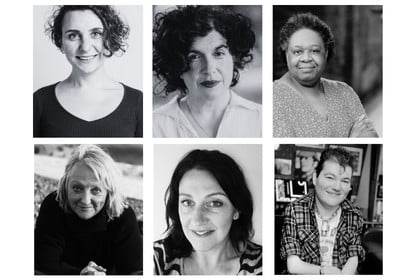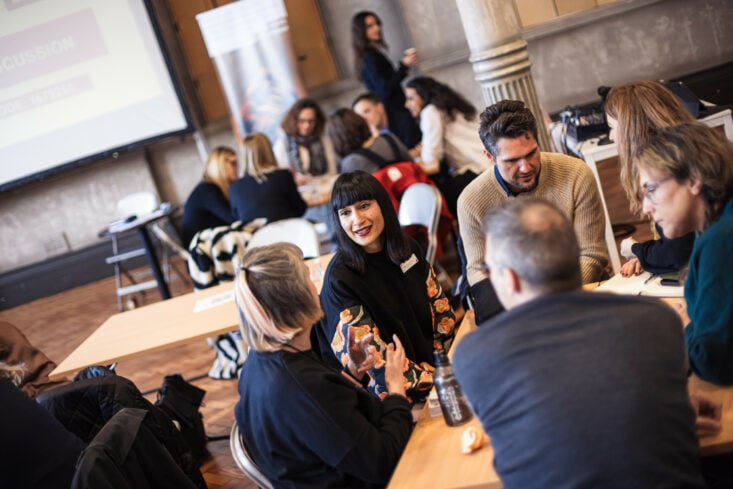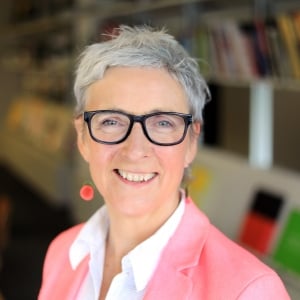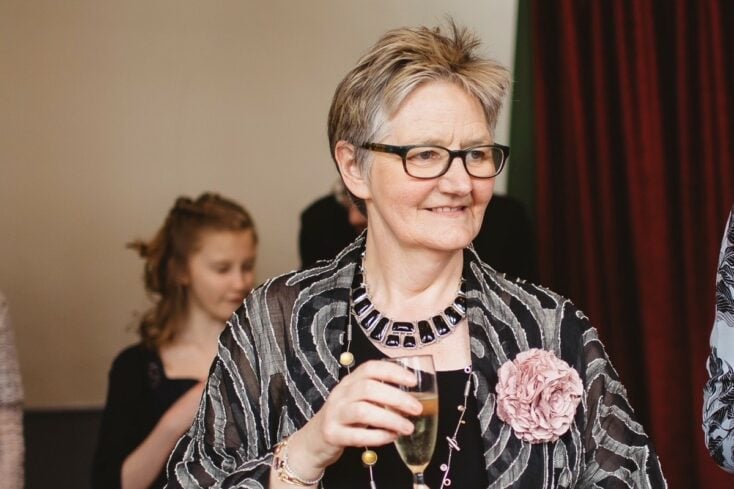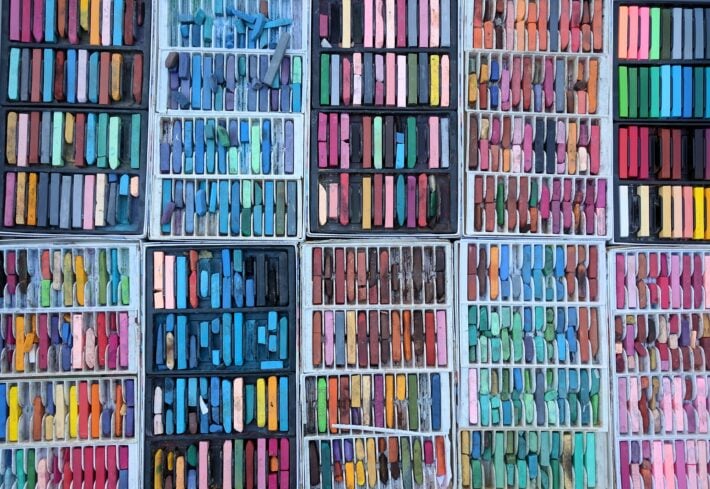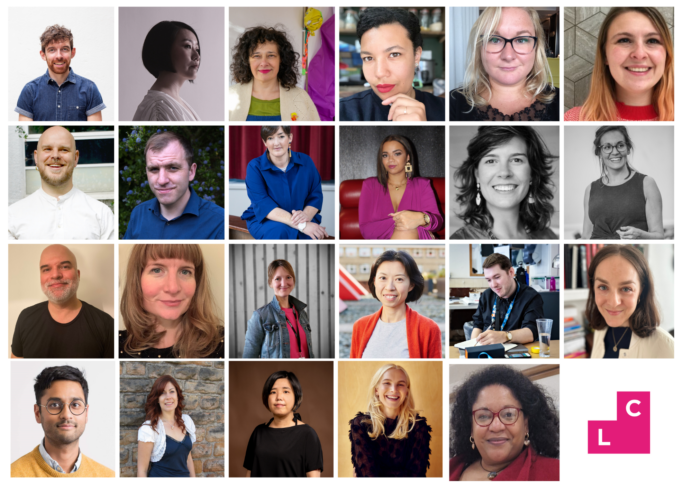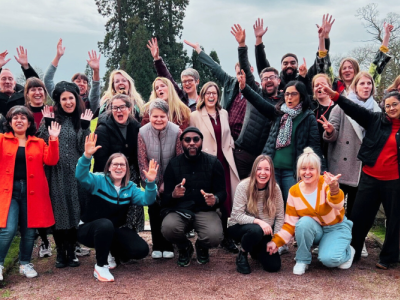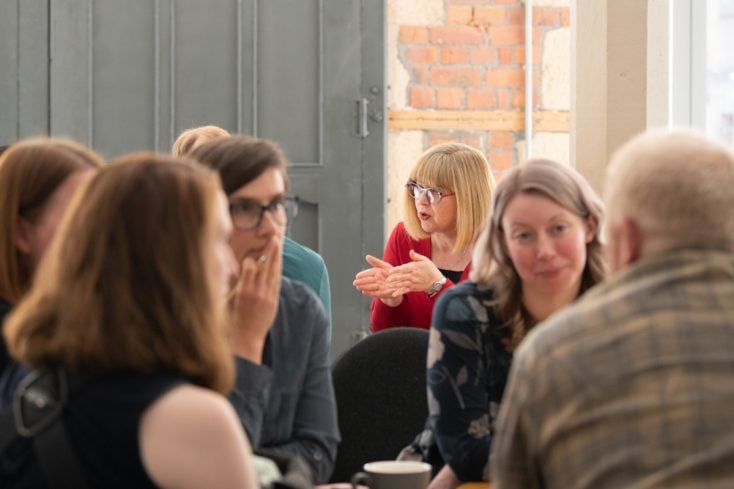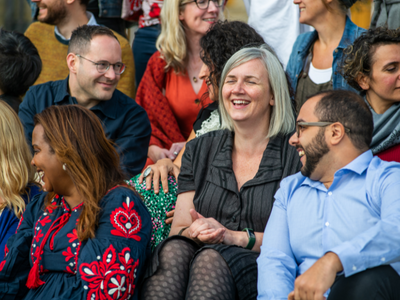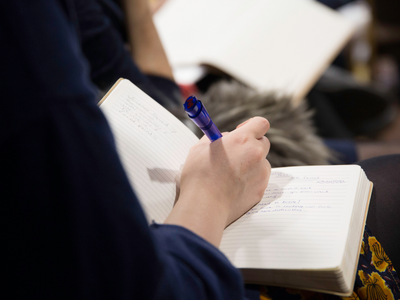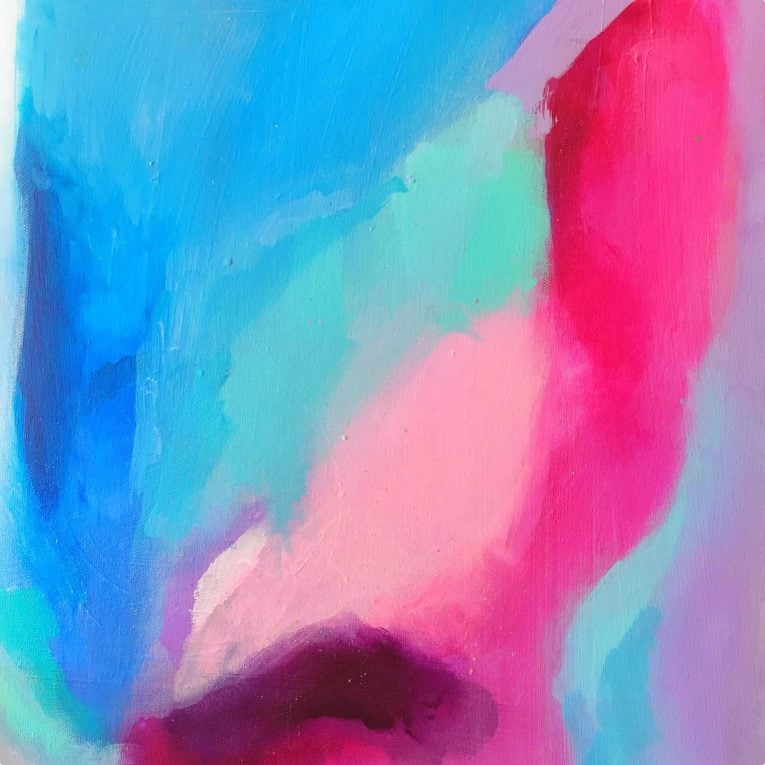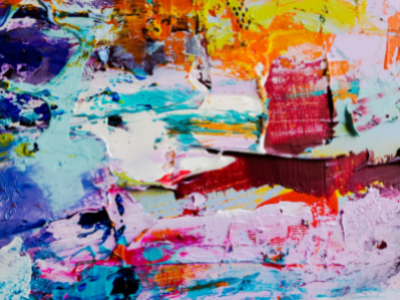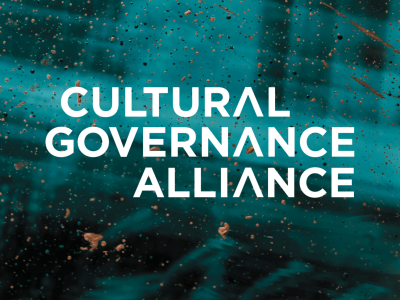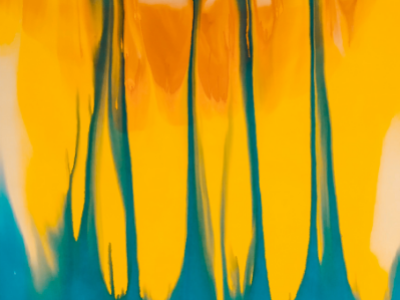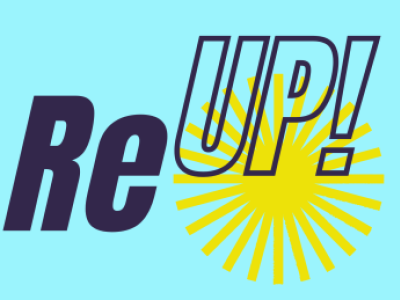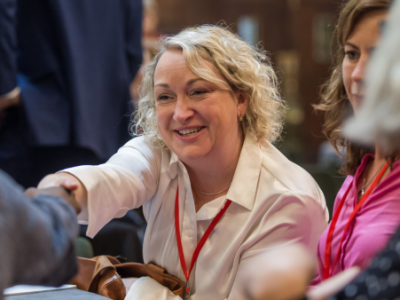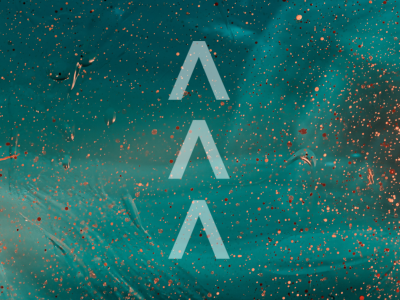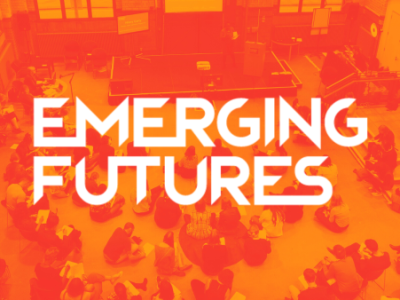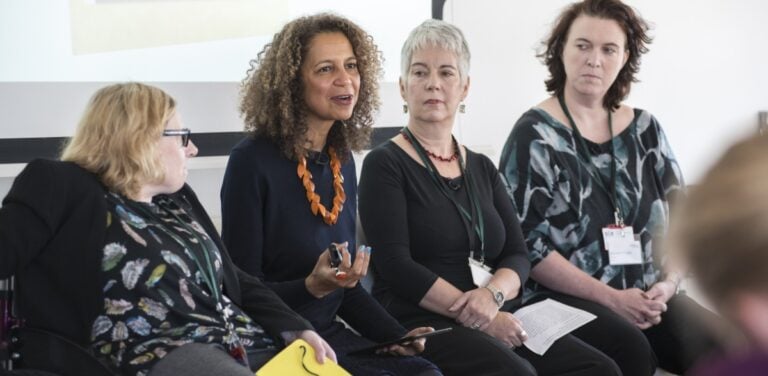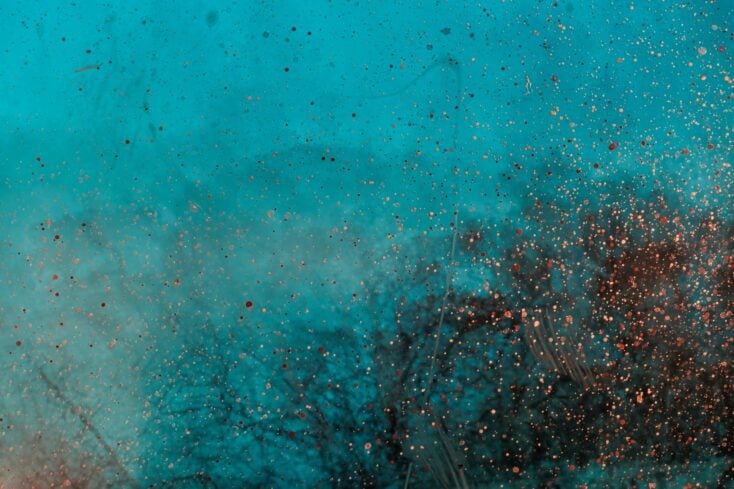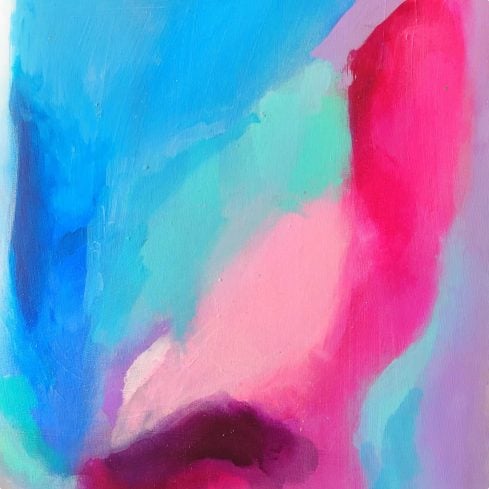Brilliance Map: Anand Bhat, CEO Dance City
The routes into leadership for Black, Asian and ethnically diverse leaders are diverse and unique. Subsequently so are the range of skills and perspectives. Often that specificity goes unmapped. This Brilliance Map series asks leaders across the country to map their routes and share their vision of our cultural futures.
A contemporary dance enthusiast, producer and collaborator, Anand Bhat is the CEO at Newcastle’s Dance City. His passion is to bring local, national, and international communities together through the language of movement.
Where did your career start and what were the key turning points that impacted its development?
In 2003, I was working full-time in a charity fundraising job, and moonlighting as a Bollywood dance teacher in community settings in my hometown, Leicester. Turning point 1 was when community members helped me to start my first class. Turning point 2 was meeting dancer Aakash Odedra and just thinking about what we could achieve. Turning point 3 was when Akram Khan invited him to perform at Svapngata Festival at Sadler’s Wells 2009. Turning point 4 was taking Aakash’s debut show to a Canadian showcase – CINARS in Montreal – which put us in front of many international delegates and landed the company a first agent. Turning point 5 was shutting down my dance teaching and partnering with Aakash’s alma mater, Shiamak Davar, a world leader in Bollywood. This blossomed in a way I could not believe.
What extra knowledge or insights do you feel you bring to the table as a leader of colour?
I have been fortunate to have interactions with different communities, especially growing up in London and Leicester. I see communities accessing culture every day, in their own way, and on their own terms. It remains unsurprising to me that mainstream institutions are not as good as diverse communities themselves at engaging people in cultural activity. The rules of engagement and invitation by institutions and communities are very different. It is this understanding that I wish to place at the centre of my leadership. Diverse communities have a thriving cultural life. It just happens to be not counted and not attracting public funds in unjust ways, and thereby being undervalued. I want to work in a way that makes my explorations of this financially sustainable, by finding alternative models of funding and uncovering avenues that other leaders might not explore.
What two or three innate strengths do you find yourself most drawing on in your day- to-day work?
Personal resilience is very important. I am persistent, and that takes patience. I have many ‘nos’ every day, and just wait for probability to help convert a no to a yes for some things.
Introspection is very important. I know when my own work is not good enough, and I am prepared to talk about this. All too often, public discourse in the arts is about how shiny your work or your institution is. It makes for something uninteresting. I do set myself external quality benchmarks that I want to reach, and I get frustrated when I cannot.
Asking for what you want. Directly when possible. The arts have a strange hierarchy. When I entered that world, I didn’t understand it, so I naively asked big questions to big people, which surprised them, but I realised by doing so, I was laying cards on the table that helped the other person understand what I wanted. As Michaelangelo said, better to aim high and miss, than to aim low and achieve.
How would you define the culture you hope to create and how do you go about creating it?
I want to foster a sense that wherever you are, everyone deserves excellent culture. I accept that excellence can mean different things to different people, and [it] can also come from communities and not just professionals. I also want to create conditions; a cushion if you like, where people can experiment and fail. There is no innovation without failure.
Are there other specific types of external resources that you draw on for your work?
I think people are the best resource for advice and for skills. Other people can sometimes help me to take ideas that I have in my head and crystallise my thoughts in a way that others will understand. This is very important. Sometimes it can take someone else to help you see the woods from the trees and relay that to the outside. I work with specialist consultants when needed for this.
What do you hope culture in Britain will look and feel like in 20 years’ time?
I hope Britain will be a more tolerant place than today, and one where we are more confident to ‘consume’ cultures from communities that we are not from – and pay for it. That opera audiences in rural areas pay as much money to venture into the city and attend a carnival. That Bollywood dance classes in the regions are attended by White, Black, Latino and East Asian people as well as South Asian people. That hip hop dance crews for the over 70s is commonplace. That we all pay as much money to watch a professional disability dance company as we would a Shakespeare play, and that the disability dance production can acquire the same financial resources as the RSC to put on a stonking show. That arts education is de-colonised. Culture is thriving in schools, colleges and universities and we can turn the tide against the decimation of culture in state funded education. On a practical note, if we take the Arts Council England NPO as a benchmark, in 20-years I wish to see more women-led, black-led, disabled-led, and LGBT-led organisations be ‘band 3’ funded organisations.
Themes Inclusive Leadership Practice Qualities of Leadership
